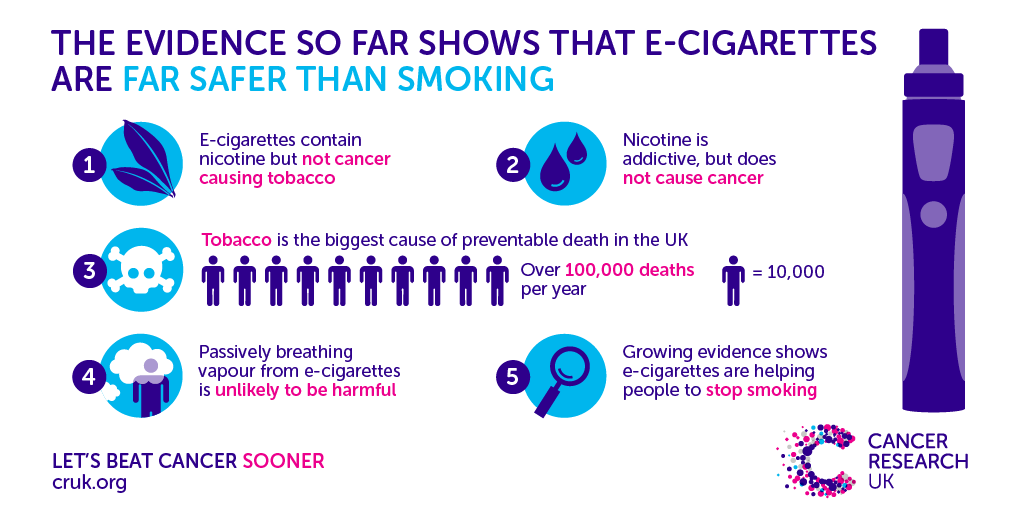Cancer Risk from Electronic Cigarettes
Electronic cigarettes (e-cigarettes) contain substances that can increase cancer risk, but evidence suggests a lower probability compared to traditional cigarettes. Key carcinogens include formaldehyde, acetaldehyde, and nitrosamines, formed when e-liquid is heated. Long-term studies are limited, but animal and cellular research indicates potential for DNA damage leading to cancers like lung or oral cancer.
Key Carcinogens in Vaping
- Formaldehyde: Released at high temperatures, classified as carcinogenic by IARC.
- Acetaldehyde: Linked to respiratory cancers; levels depend on device settings.
- Nitrosamines: Present in trace amounts, associated with tobacco-related cancers.
- Metals: Such as lead and chromium from heating coils, which may contribute to carcinogenesis.
Doctors’ Explanations and Truths
Medical professionals emphasize that vaping is not a safe alternative to smoking. While e-cigarettes may reduce exposure to tar and other toxins found in cigarettes, they are not cancer-free. Doctors advise:

- For smokers: Vaping can serve as a harm-reduction tool for quitting, but cessation programs are preferred.
- For non-smokers, especially youth: Avoid initiation due to uncertain long-term risks and potential addiction.
Current evidence supports caution: a 2021 review in Journal of the National Cancer Institute noted elevated biomarkers of cancer in e-cigarette users, though risks are substantially lower than smoking.
Practical Recommendations
To minimize cancer risk, opt for FDA-approved cessation aids instead of vaping. Regular health screenings are advised for users. Public health agencies like the CDC underscore avoiding all nicotine products for optimal cancer prevention.










